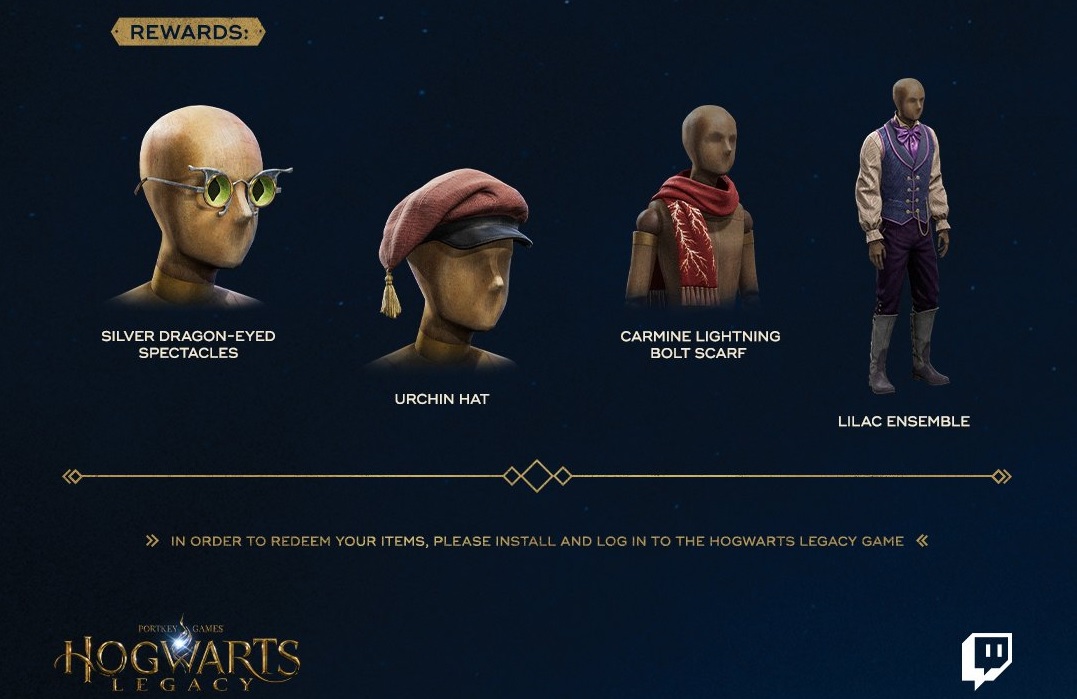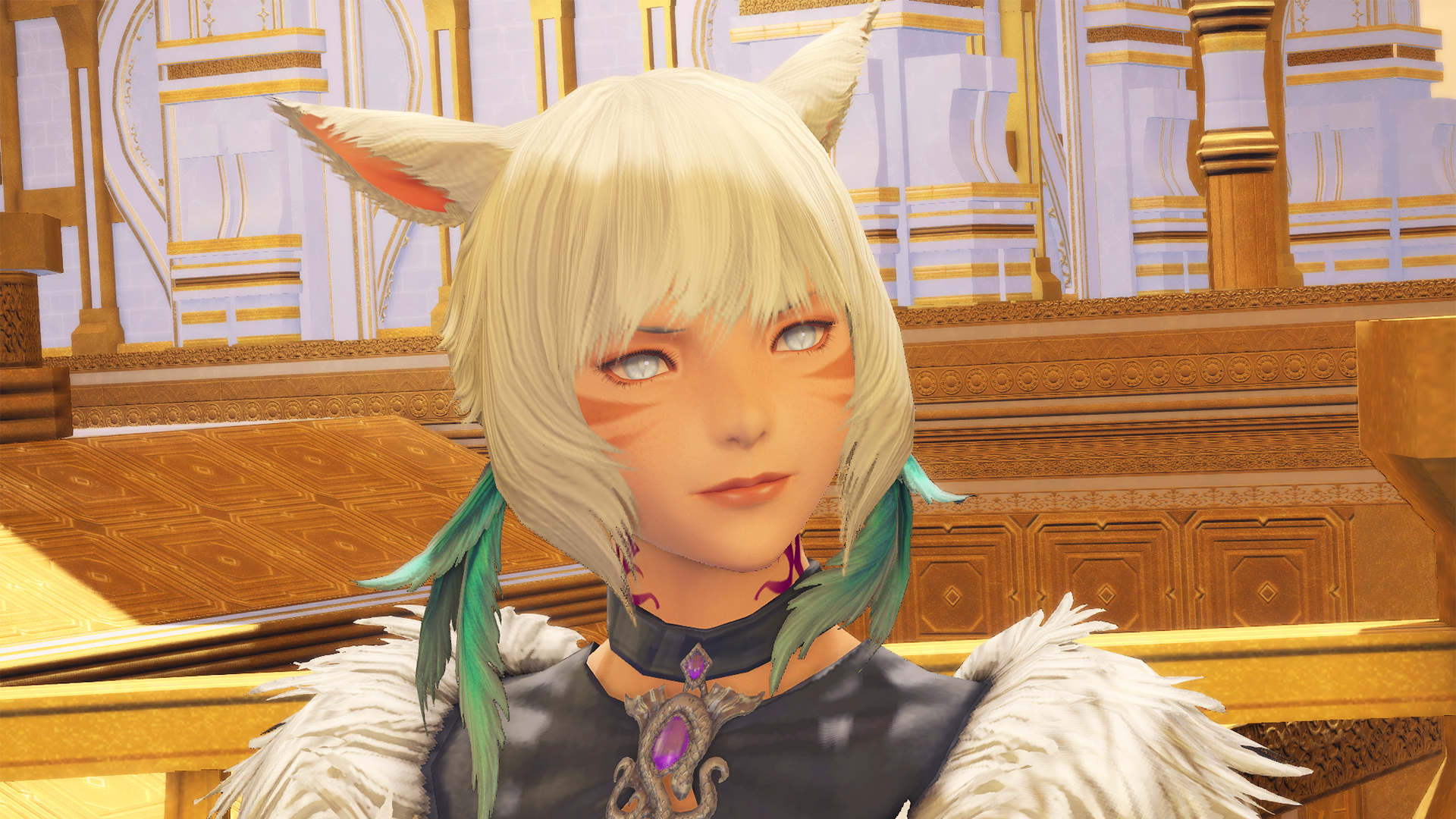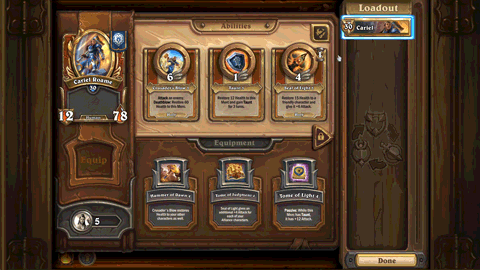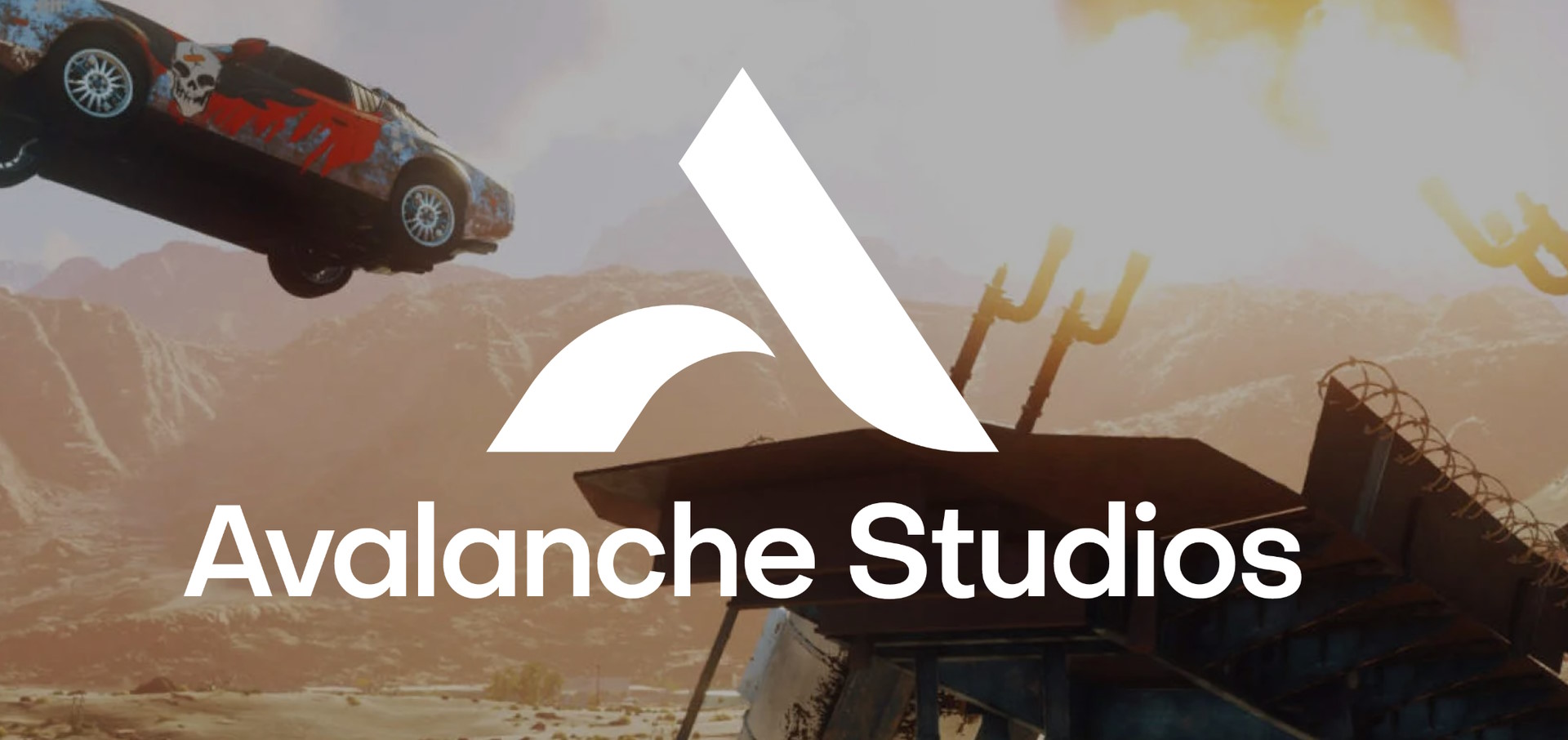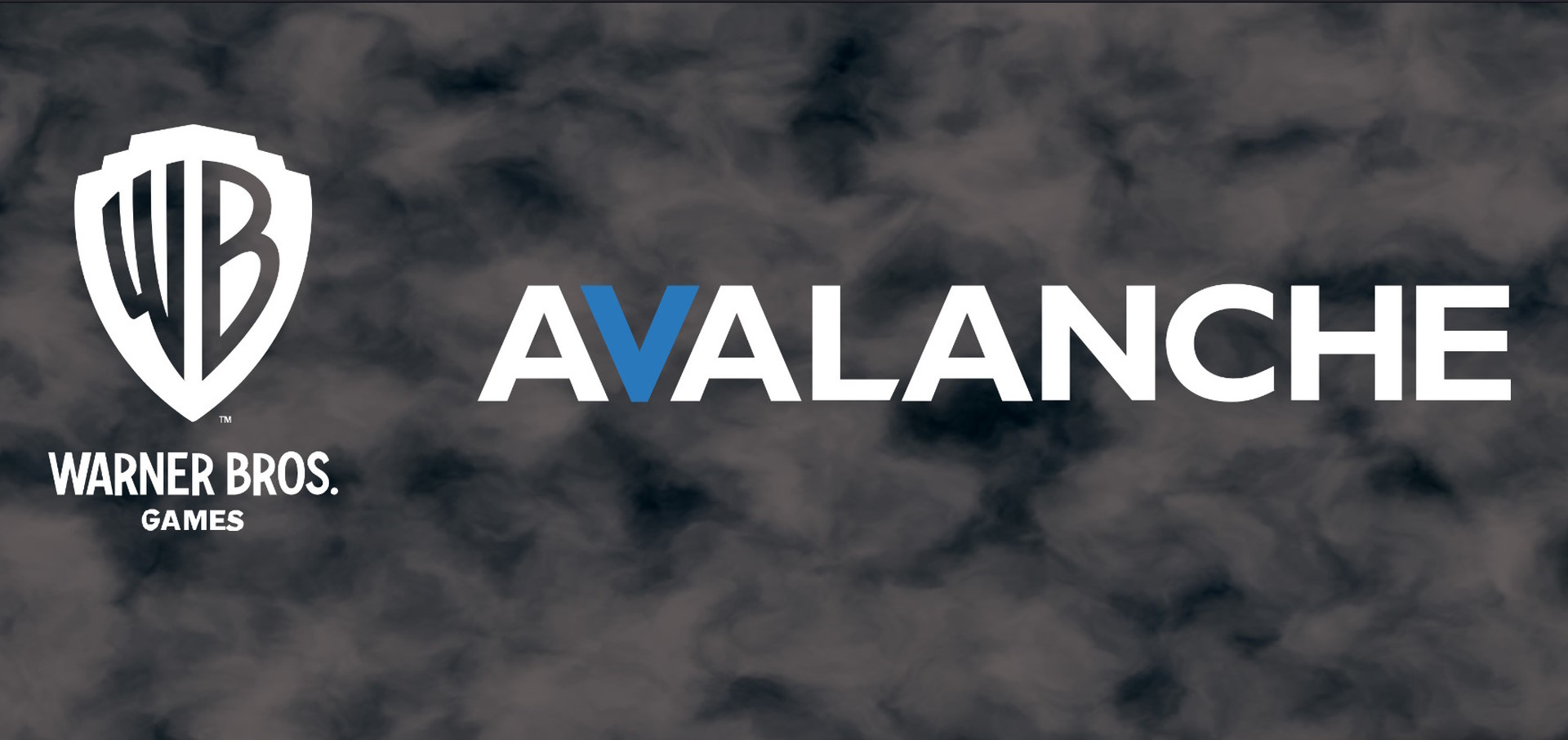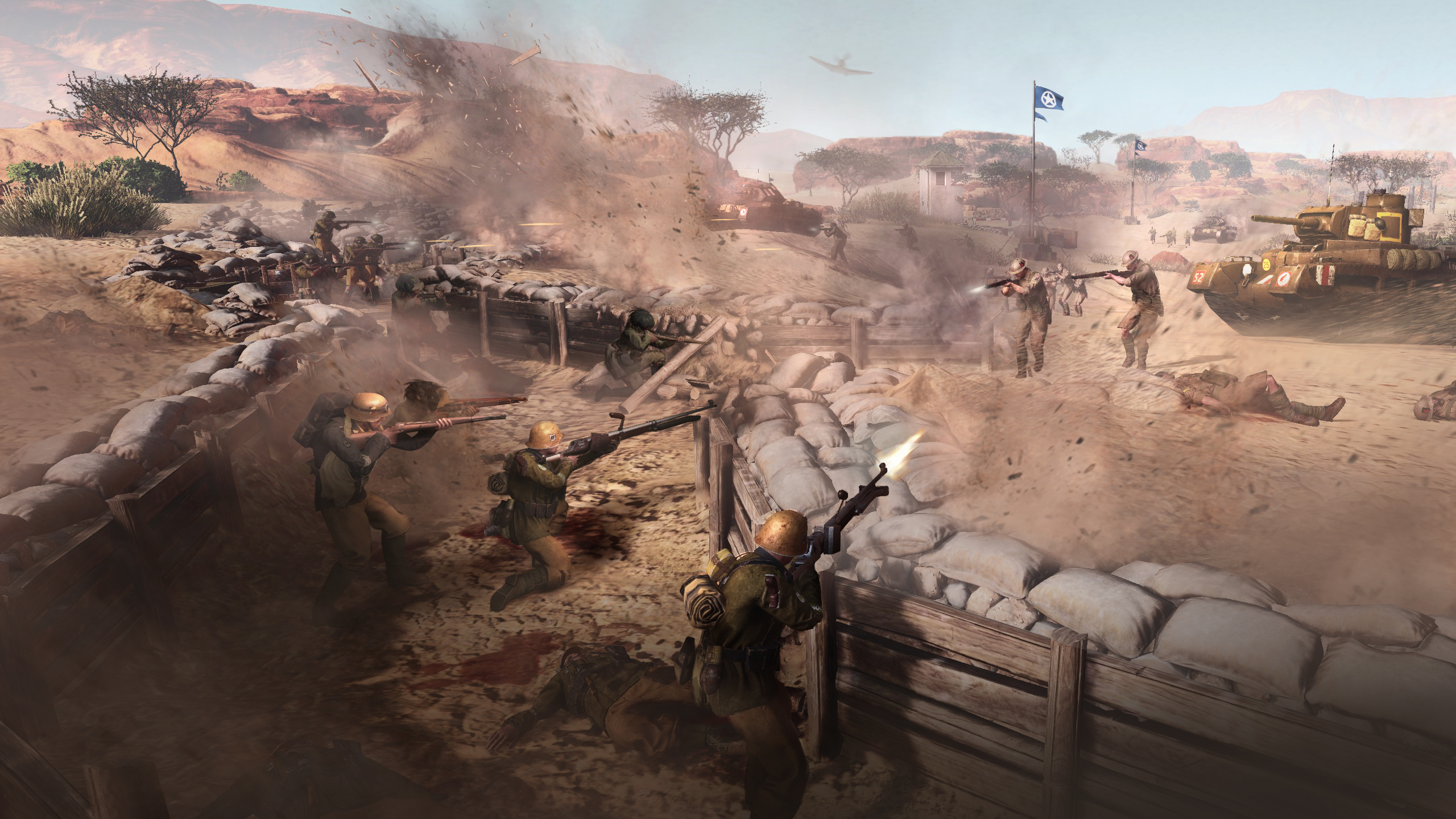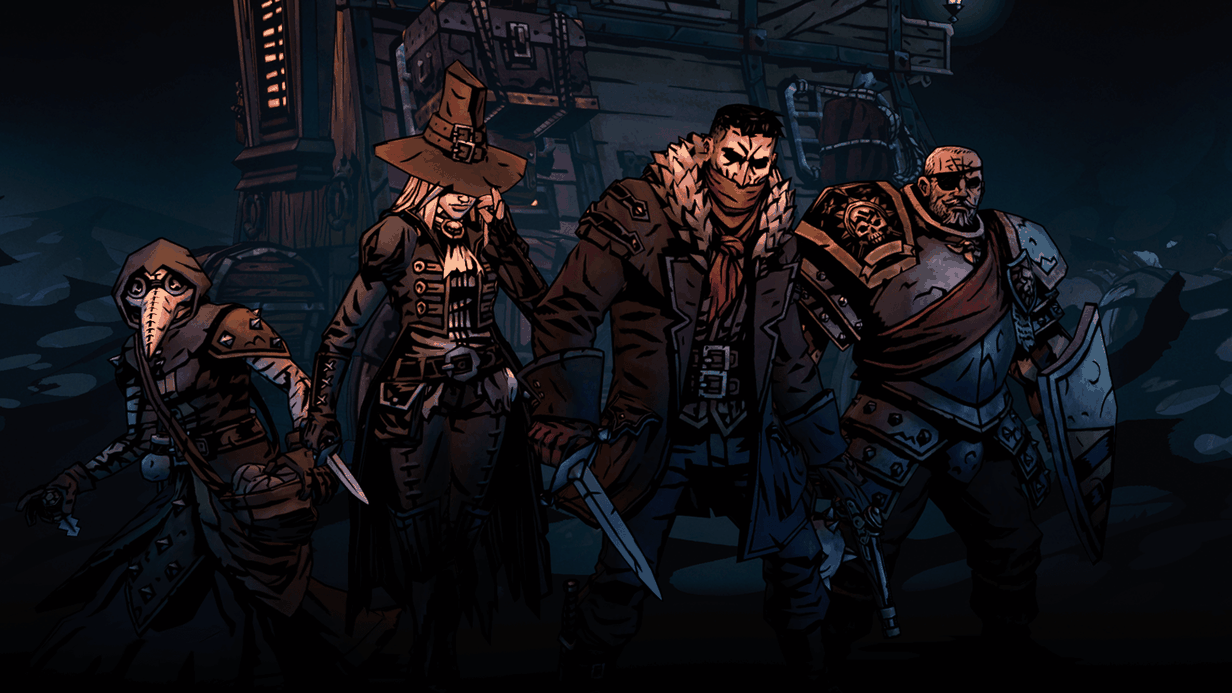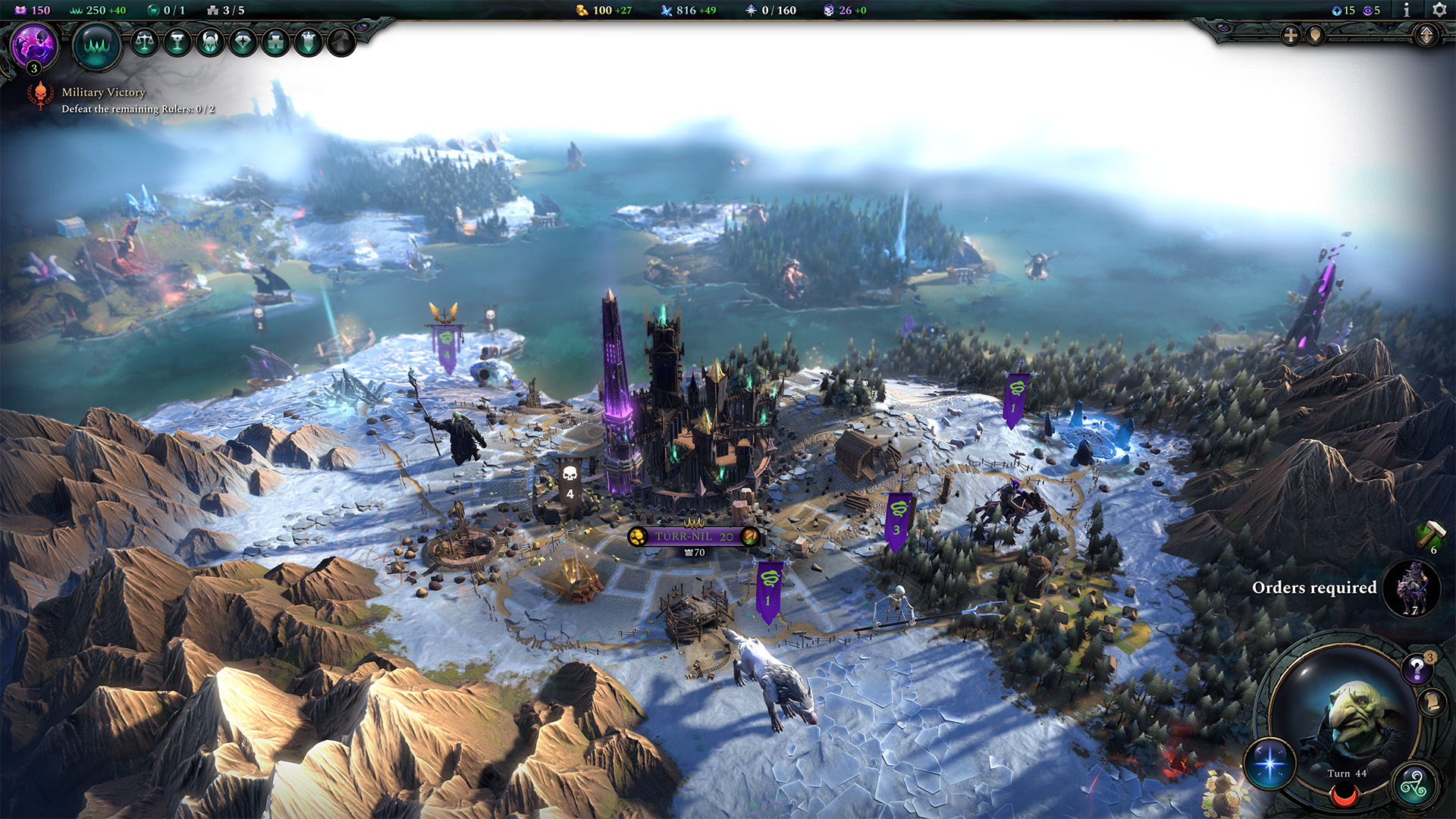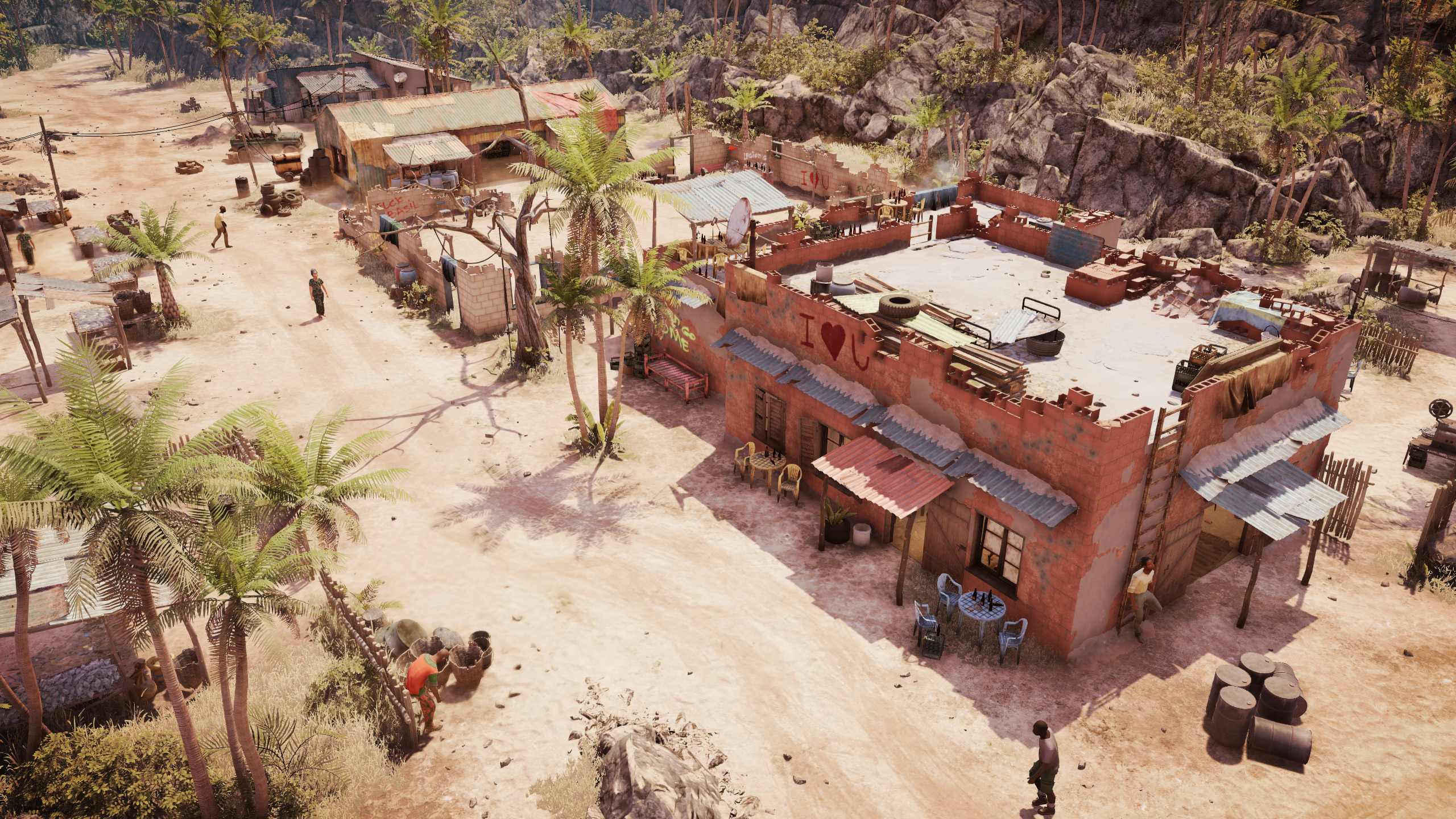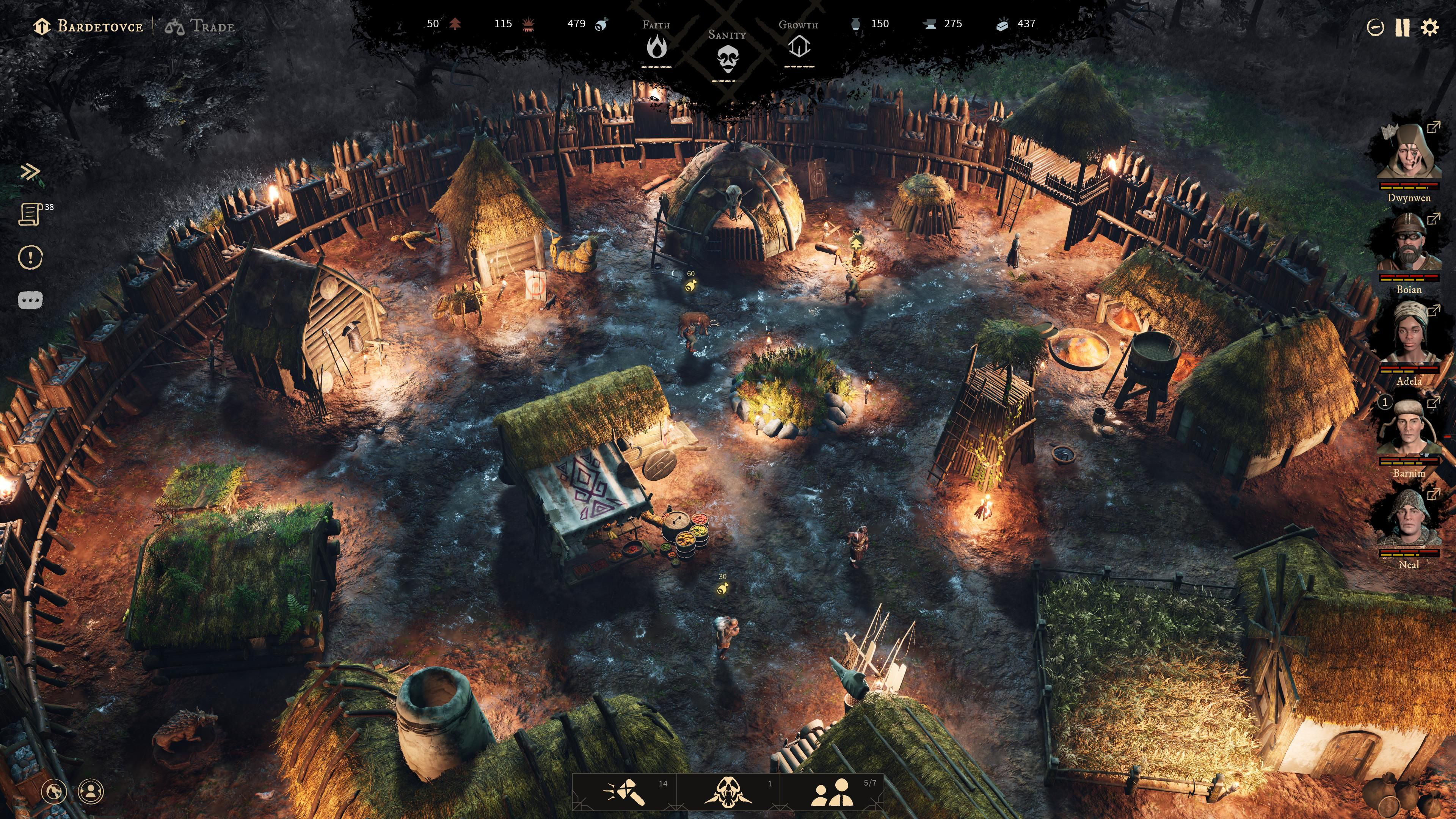



In December 2022, we hosted our annual Hack Week. During this week, Robloxians put our values into action by pursuing projects that drive rapid innovation. This was our largest annual self-organized event to date, with over 400 employees across 225 teams competing for a spot in the top three in each of four categories.
Unleashing Curiosity and Driving Innovation for Our Platform
Hack Week takes place during our annual code freeze, which gives everyone across Roblox time to pursue a diverse set of projects. We take whatever has piqued our curiosity throughout the year and act on it. Several past projects have gone on to become fully-implemented products or features on the platform.

So, what’s the secret to lining up an awesome Hack Week project? It’s all about taking big risks and asking big questions. “We’re talking about reimagining the way people come together,” shares Dave Baszucki, Founder & CEO. “We’re talking about the evolution of communication technology, all the way from phone to video to immersive 3D. I think one of the biggest things that this week does is validate our vision. It’s not 20 years away. It’s something that we’re making progress on every year. Hack Week is the ultimate definition of innovation at scale.”
This year, projects reached all parts of the platform and technical stack. Here are some of this year’s projects to show the breadth of what teams worked on:
- Supporting live performances in Roblox with the creation of an open-source plugin that allows streaming of audio and motion capture data to drive avatars in the experience.
- An image filter component that will allow our developers to manipulate their images so their experiences have a distinctive style.
- A framework to perform common debugging and testing actions that will be accessible on all client platforms.
- A dashboard to analyze the official Creator Documentation and provide information about how to improve its coverage and quality.

Adding a New Level of Competition
“Hack Week is definitely not a week off. It is a week on for the people who are participating,” says Claus Moberg, VP of Engineering and Hack Week organizer. “We work hard at Roblox, but this may be the hardest that somebody works all year. You have a very short time period to get your project done. And it’s competitive.”

In past years, senior leaders evaluated and hand-selected projects that were particularly innovative to share out with the entire company. This year, we developed a judging and scoring process to identify the best of the best. During registration, teams selected one of the four company values for their projects, which also determined the judging categories. To submit, teams created a three-minute-long video that showcased their work. A panel of over a dozen judges – senior leaders from across Roblox – evaluated each submission, narrowing down the projects to finalists. At the year’s last Town Hall, the finalists presented, answered questions, and then awaited final placements.
As one of the judges, Claus looked for a couple of attributes in each project. “I’m really excited to see everything from massive long-term innovation to near-term tactical solutions. Overall, I’m looking for projects that speak to our core company values and have impact on our users, employees, and on Roblox as a whole.”
The Winners
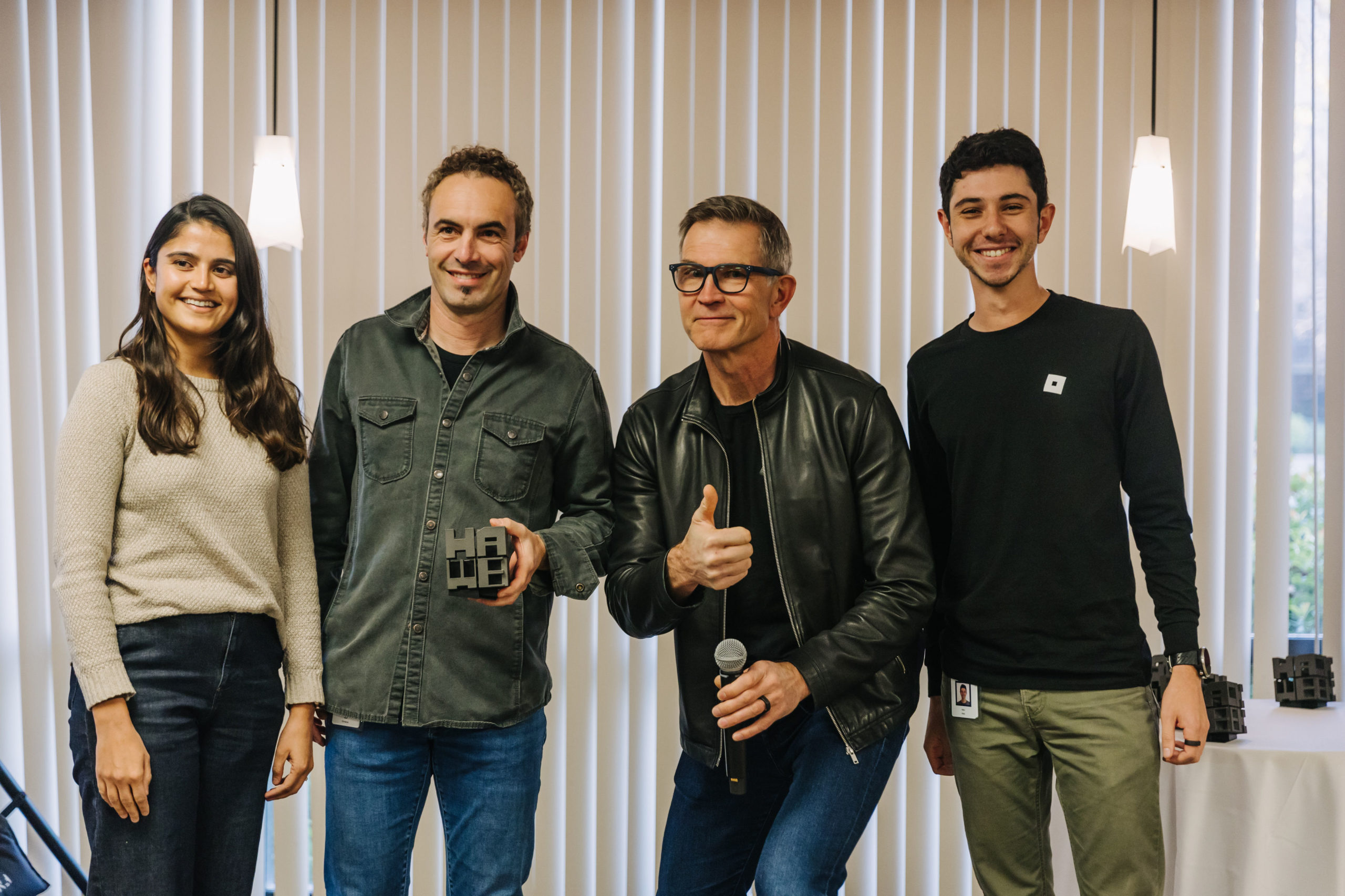
Hack Week closed with an awards celebration where the finalists learned about their placements in their respective categories and claimed their Hack Week trophies. Stef Corazza, Head of Studio Engineering – Creator, was a member of the team that took home the 2nd place trophy in the Take the Long View category. His team’s project centered around bringing live performances to Roblox. While winning was great, his favorite part about Hack Week was, “… really about the team and how we came together. All six of us had different skill sets with very different backgrounds.”
Two highlights stuck out for first place winners of the We are Responsible category Kevin Koleckar and Nicholas Choi. “Getting to collaborate with someone that I’m not usually collaborating with was my favorite part,” says Kevin. “Nick and I have been on the same team in the past, but over the last year, we’ve worked on different things. Hack Week gave us the chance to come back and work on something together.”
For Nick, Hack Week created space to pursue something he’s been interested in. “Our project has been something I’ve been thinking about doing for a really long time, so it was just really exciting to see it come to fruition.”
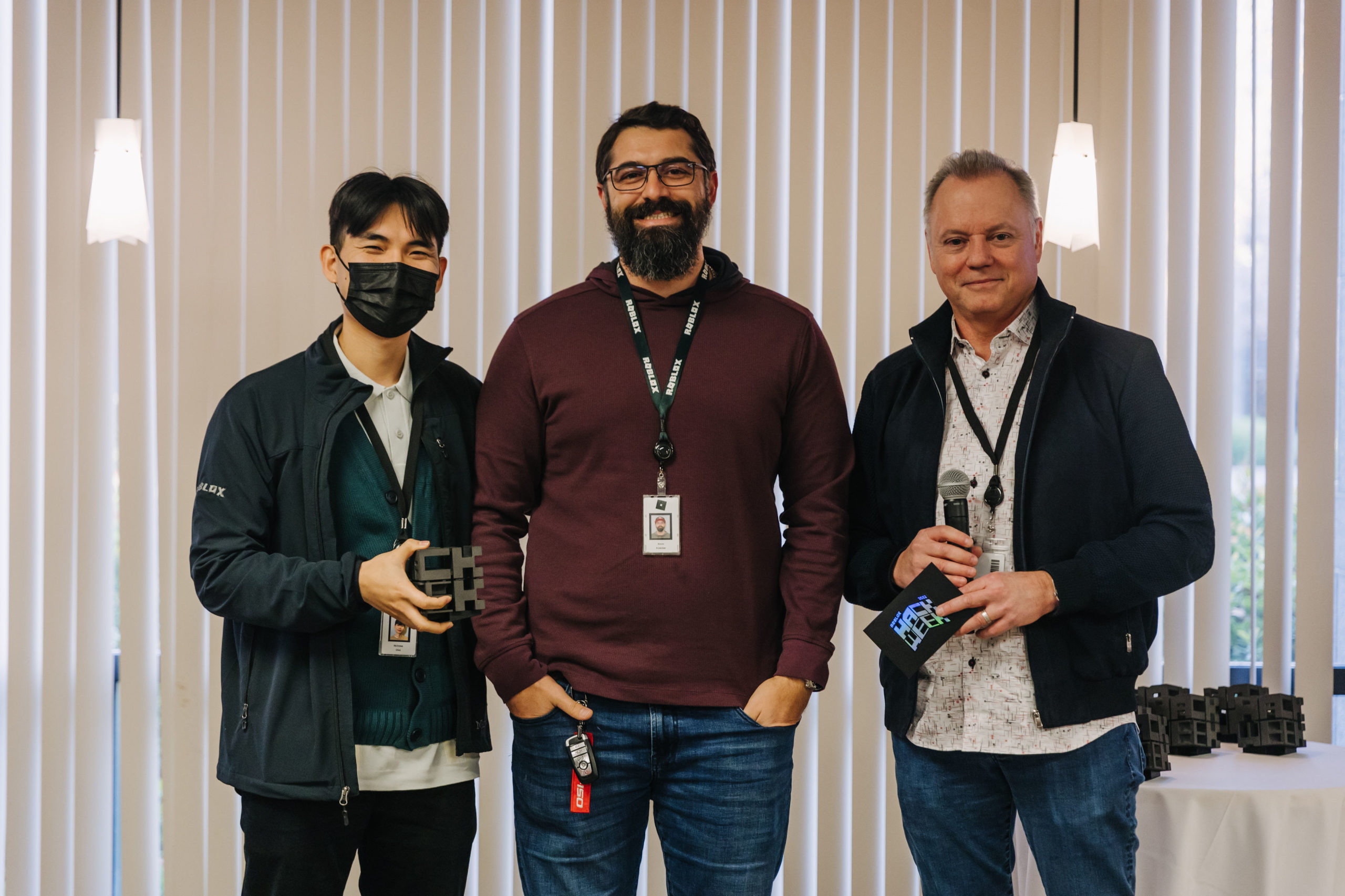
According to Claus, it’s not all about winning. “There are so many projects that are incredible and that really are the future of the platform. All of the work that people have put in is being recognized by leaders at the company and is going to be shared with the teams that are responsible for those areas. Every single project has the potential to inform how our product is built moving forward.”
Claus continues, “Hack Week at Roblox is really core to our culture of innovation. Every year, we see projects that blow our minds. The way our teams attack these big questions and find solutions to things nobody has built before… Hack Week is one of the greatest examples of Roblox’s approach to innovation.”
Check out a highlight reel of the winning teams and their projects:
Source link

